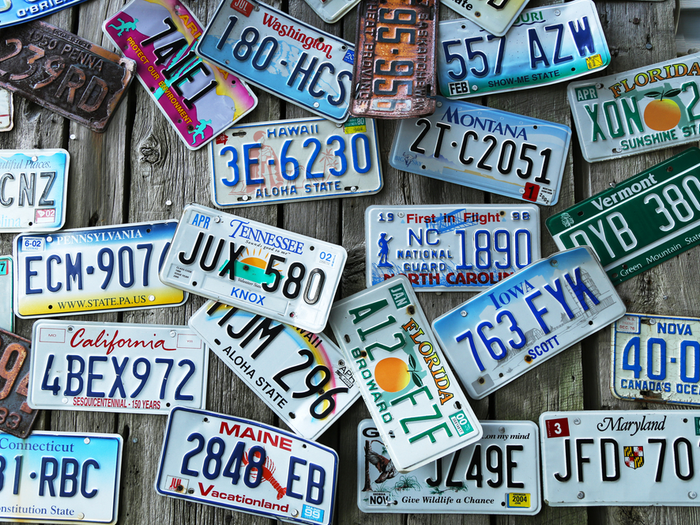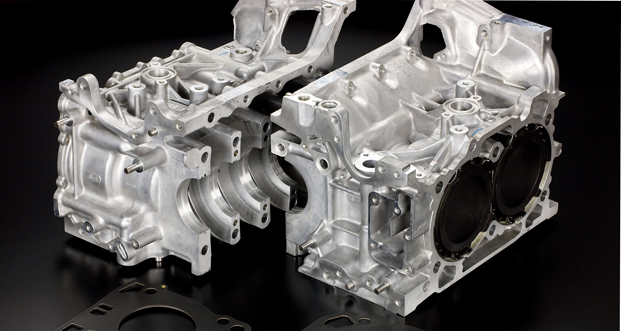License plates are issued by each state’s Department of Motor Vehicles (DMV) or equivalent agency, resulting in a dizzying variety of designs, fees, and ordering procedures across the United States. For drivers seeking to register a new vehicle, renew existing plates, or order specialty and personalized plates, understanding the state‑specific differences can save time, money, and frustration. This article provides a comprehensive state‑by‑state overview of license plate features, cost structures, and ordering methods, helping motorists navigate the complexities of plate registration in all 50 states.

Content
Overview of State Variability License Plates
Although the federal government mandates basic requirements for plate visibility and legibility, states determine their own plate styles, fee schedules, and renewal cycles. Some states produce dozens of specialty plate designs, while others offer only a handful. Annual fees for standard plates range from as low as $5 (in certain states for senior or disabled drivers) to more than $100 in jurisdictions with high registration taxes. Ordering options vary widely—from fully online portals to mail‑in forms and in‑person visits. More info is available on ShopLicensePlates .
Regional Highlights
Northeast
• New York: Offers over 70 specialty plates, online renewal, and digital plate options in pilot programs. Standard plate renewal fee is $32 annually. • Massachusetts: Charges a flat $60 registration fee for passenger vehicles with online ordering, but specialty plates incur an additional $40 surcharge.
Midwest
• Illinois: Standard plates cost $151 every two years; specialty plates add $35–$100. Orders processed online or at DMV offices. • Michigan: Offers digital plates statewide at a premium of $150, alongside 50+ specialty designs.
South
• Florida: Standard plate fee is $28 annually, with online renewal and over 120 specialty plates available. Vanity plates begin at $30 annually. • Texas: Charges $50 for standard plates; specialty plates range from $30–$80 extra. Most transactions can be completed online.
West
• California: Standard plate fee is $28. Specialty plates carry surcharges of $50–$100, with digital plates available in select counties. • Washington: Standard plates cost $30–$55 based on vehicle weight; specialty plates add $28–$65.
Ordering and Renewal Procedures
• Online Portals: 42 states allow online plate ordering and renewal, often the fastest method for obtaining standard, specialty, or vanity plates. • Mail‑In Forms: Available in all states but slower; typically used for specialty plate applications requiring proof of eligibility. • In‑Person Service: Required in some states for initial registration or when transferring plates between vehicles.
Cost Comparison Table for License Plates (Example)
(Note: This section omits tabular formatting in compliance with user preference; consult your state DMV website for the most current fees.)
Tips for Minimizing Costs and Delays
- Bundle Transactions: Register your vehicle and order specialty or vanity plates simultaneously to avoid duplicate processing fees.
- Check Renewal Dates Early: Set calendar reminders to renew plates online before expiration to avoid late penalties.
- Monitor Specialty Plate Availability: Popular designs can sell out; apply early if ordering for a specific cause or organization.
Conclusion
Navigating the patchwork of state regulations and fees for license plates can be overwhelming. By researching your state’s specific requirements, leveraging online services when available, and planning ahead for specialty or personalized plates, you’ll streamline the registration process and ensure compliance with minimal hassle.

Tom’s blog is your passport to adventure. If you’ve got an itch for travel and a love for the road, join him in exploring new horizons. His writing is the ultimate road trip planner and companion.


